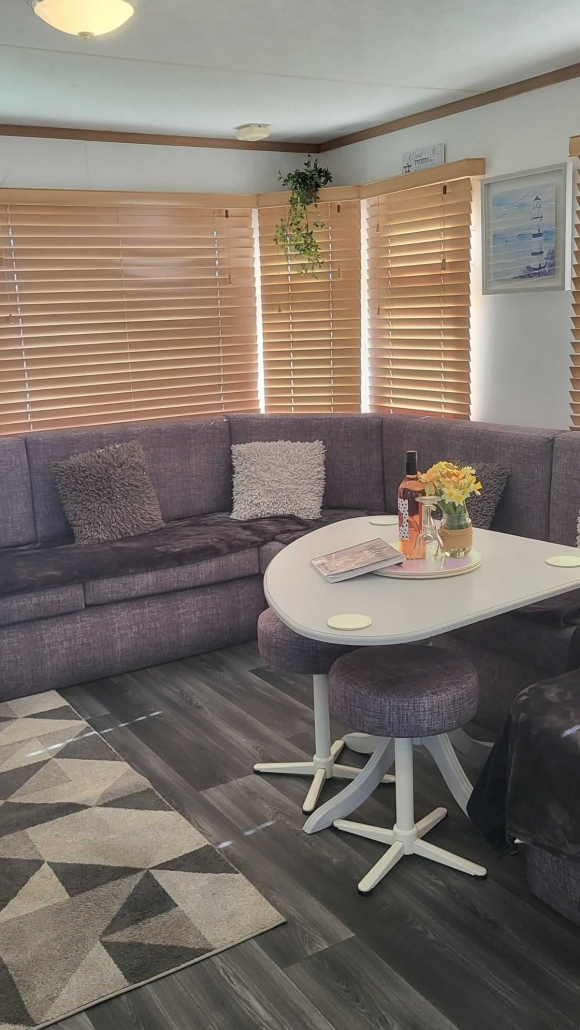flamborough-seabirds-watching
Table of Contents
flamborough-seabirds-watching
Seabirds to Spot from LuckyPaws Holiday Home
And a word about walking the cliffs
If you’re staying at LuckyPaws Holiday Home, you’re in one of the best spots in the country for a bit of coastal birdwatching. The chalk cliffs of Flamborough Head are home to thousands of nesting seabirds each year, and the sight (and sound!) of them swirling overhead is unforgettable.
It’s worth noting, though, that some of the footpaths can be steep, uneven or slippery, especially near the cliff edges. If, like me, you’ve got a troublesome knee or find rough ground awkward, stick to the main viewing platforms or take your time on the easier paths. Good footwear and walking poles are always a smart idea.
Here are three fascinating seabirds you can look out for during your visit — I’ve left out the puffin, as that one deserves its own special article later!
1. Northern Gannet (Morus bassanus) flamborough-seabirds-watching

The gannet is one of the most striking seabirds you’ll see around Flamborough. With its creamy-yellow head, long wings and sharp dive, it’s a bird built for the open sea.
When to see them: They return to the cliffs in early spring to breed, staying through the summer until around August. During that time, they raise their chicks on narrow ledges and spend their days diving for fish just offshore.
Life cycle: Each pair lays a single egg in a bulky nest made of seaweed and grass. Both parents share the job of rearing the chick, which takes to the sea before it can properly fly — relying on instinct and the care of its parents to survive.
Visitor tip: The best views are from the cliff-top platforms, where you can see them gliding effortlessly below you. Be cautious near the edges — the paths can be exposed and windy.
2. Black-legged Kittiwake (Rissa tridactyla) flamborough-seabirds-watching

The kittiwake is a smaller, dainty gull with dark wingtips and a gentle call that echoes along the cliffs. It’s a true cliff-dweller, nesting on the tiniest of ledges.
When to see them: From March through July, the cliffs come alive with their noisy colonies. If you’re visiting in early summer, you might spot fluffy chicks tucked safely beside their parents.
Life cycle: Kittiwakes usually lay two eggs, and both parents share the feeding duties. The chicks grow quickly and are soon ready to test their wings over the sea.
Visitor tip: The paths where kittiwakes nest can be uneven and occasionally narrow. If you’re not steady on your feet, choose the viewing areas with fencing or stay on the wider sections of the coastal path.
3. Common Guillemot (Uria aalge) flamborough-seabirds-watching

These handsome black-and-white seabirds are part of the auk family and can be seen crowding the ledges in huge numbers during summer.
When to see them: Guillemots gather in late spring and summer to breed, usually in large colonies. By July, you might witness young chicks taking their famous “leap of faith”, jumping from the cliffs into the sea before they can even fly!
Life cycle: Each female lays a single egg directly on the bare rock, and both parents care for it. Once the chick is ready, it’s coaxed into the water by its parents and swims away to safety — an incredible sight if you happen to catch it.
Visitor tip: Some paths leading to guillemot viewing spots involve steps and uneven ground. If you struggle with slopes, aim for the main viewing platforms instead — the views are just as rewarding.
Final Thoughts: flamborough-seabirds-watching
Flamborough Head is a treasure trove for anyone who loves wildlife. The combination of chalk cliffs, crashing waves, and the sheer number of birds makes it one of the most dramatic places in Yorkshire.
Just remember that the coastal paths can be tricky — uneven, steep, and sometimes slippery, especially after rain. Take care, plan your route, and don’t rush. Bring your binoculars, a flask, and maybe a camera — and enjoy one of the UK’s most spectacular wildlife shows right on your doorstep
Eric Roberts runs Pellon Tyres in Halifax — but when he’s not fixing cars and keeping folks on the road, you’ll find him chilling out by the sea.







